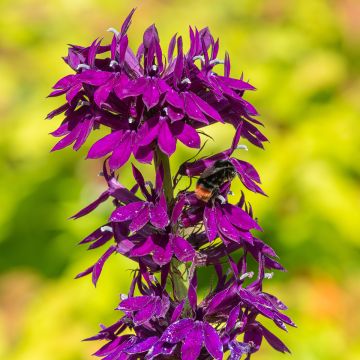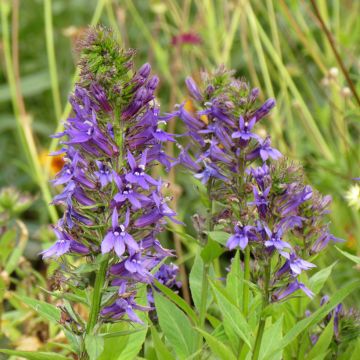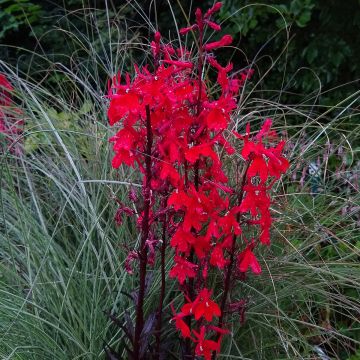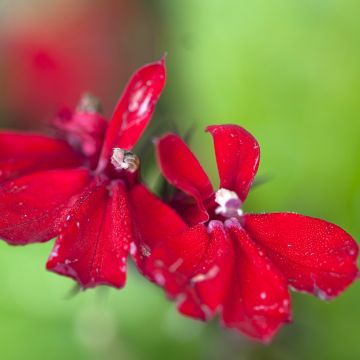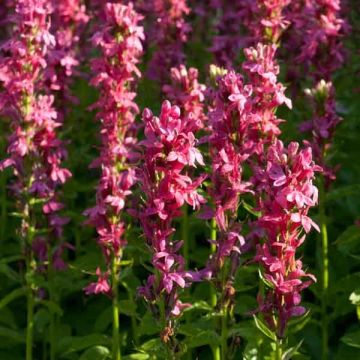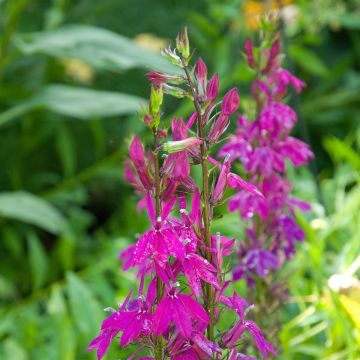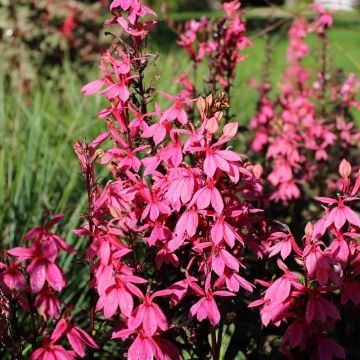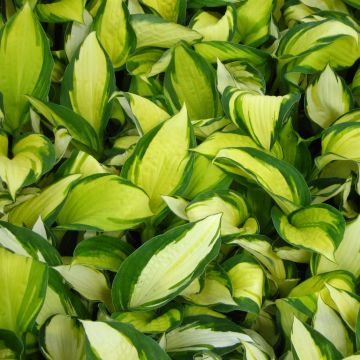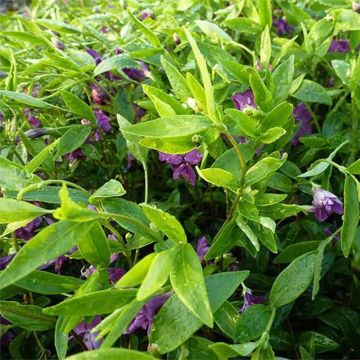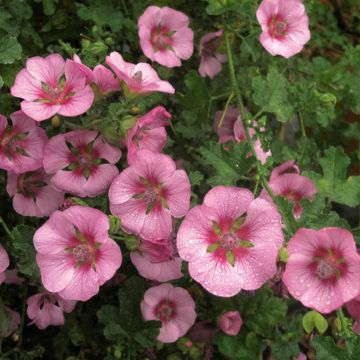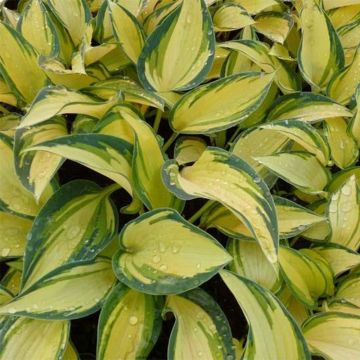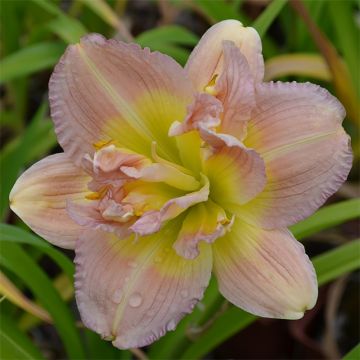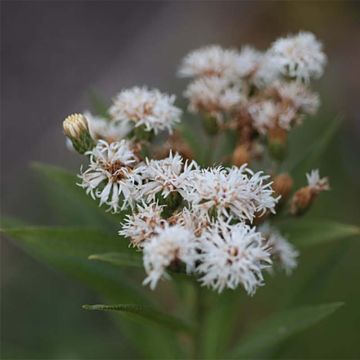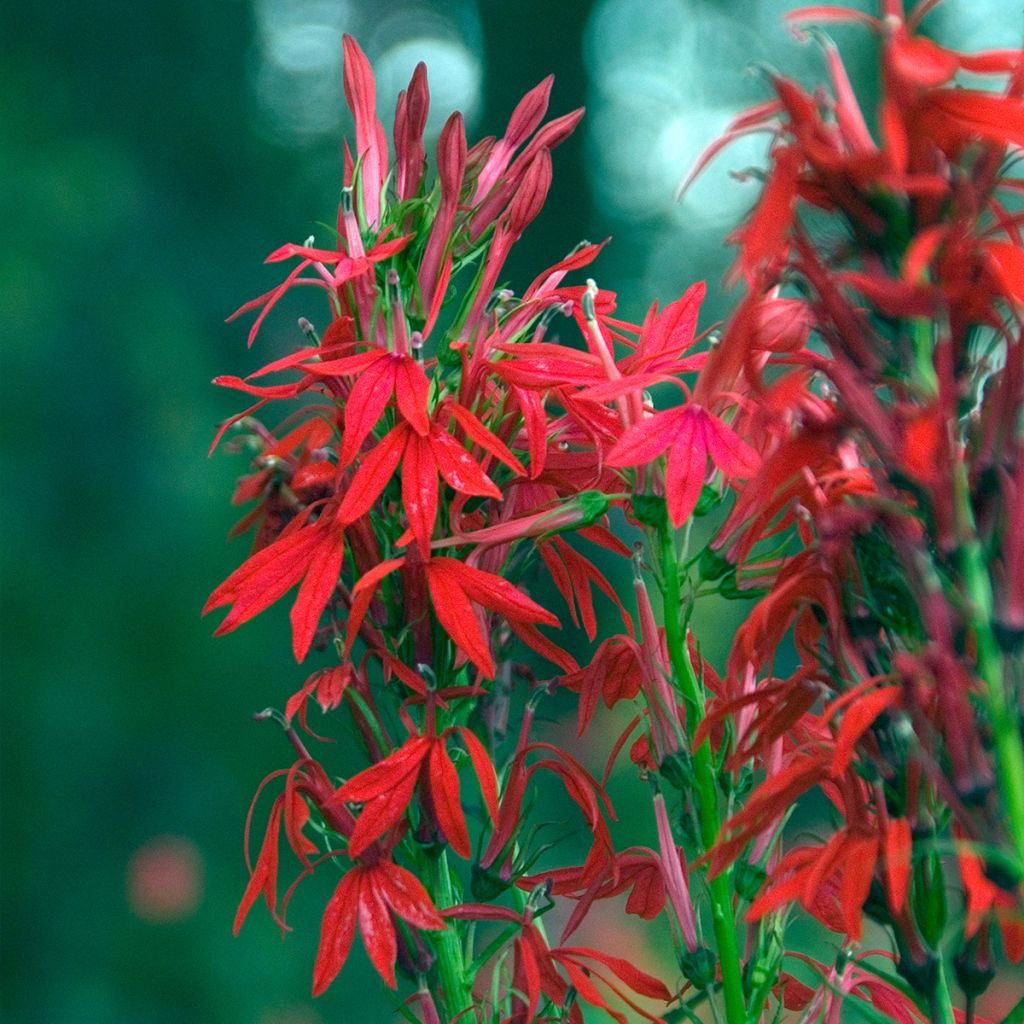

Lobelia cardinalis
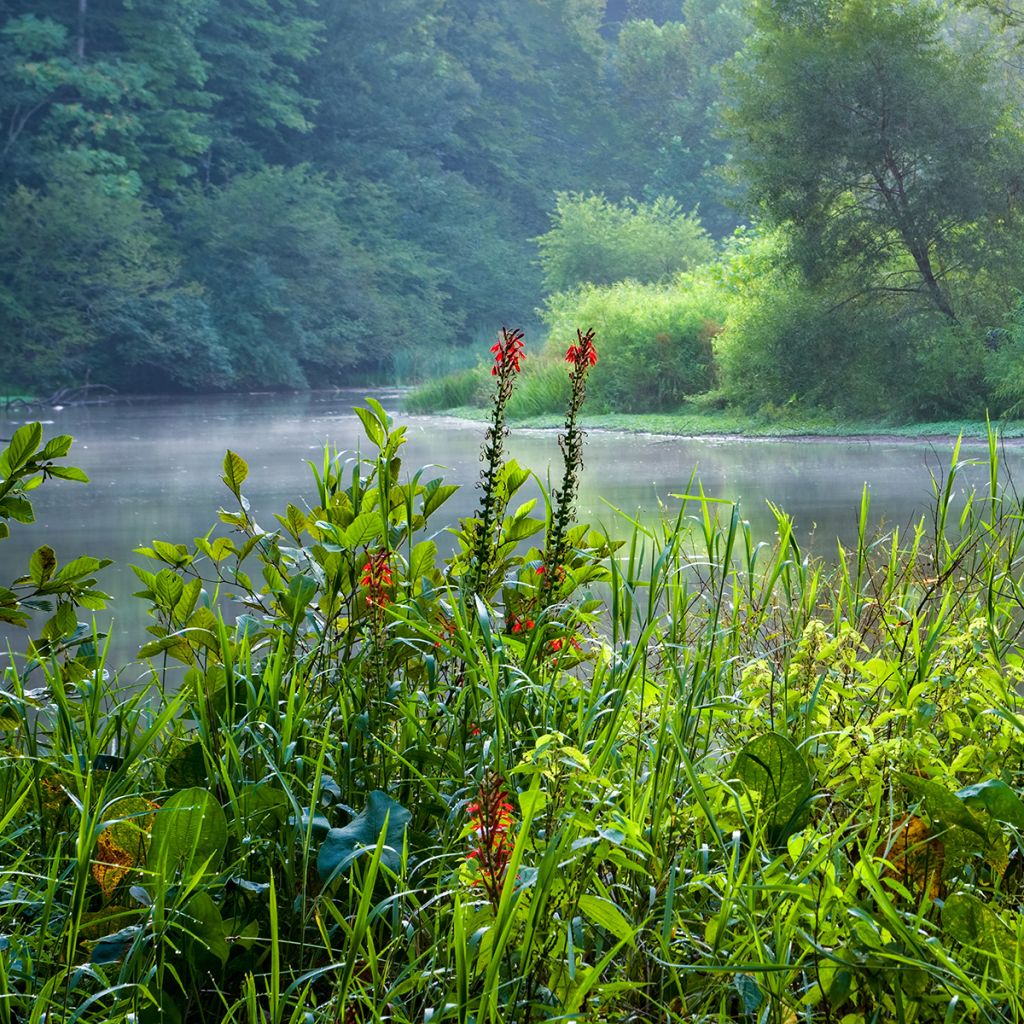

Lobelia cardinalis
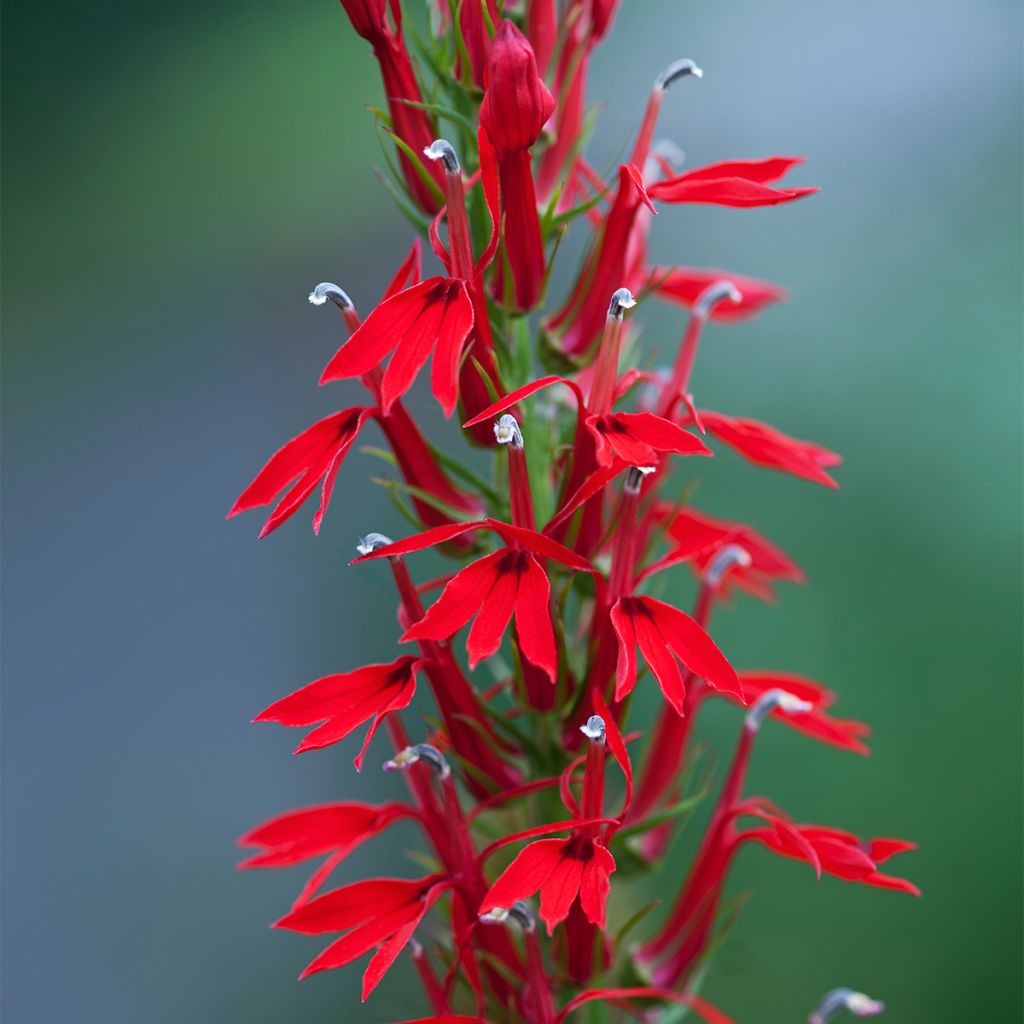

Lobelia cardinalis
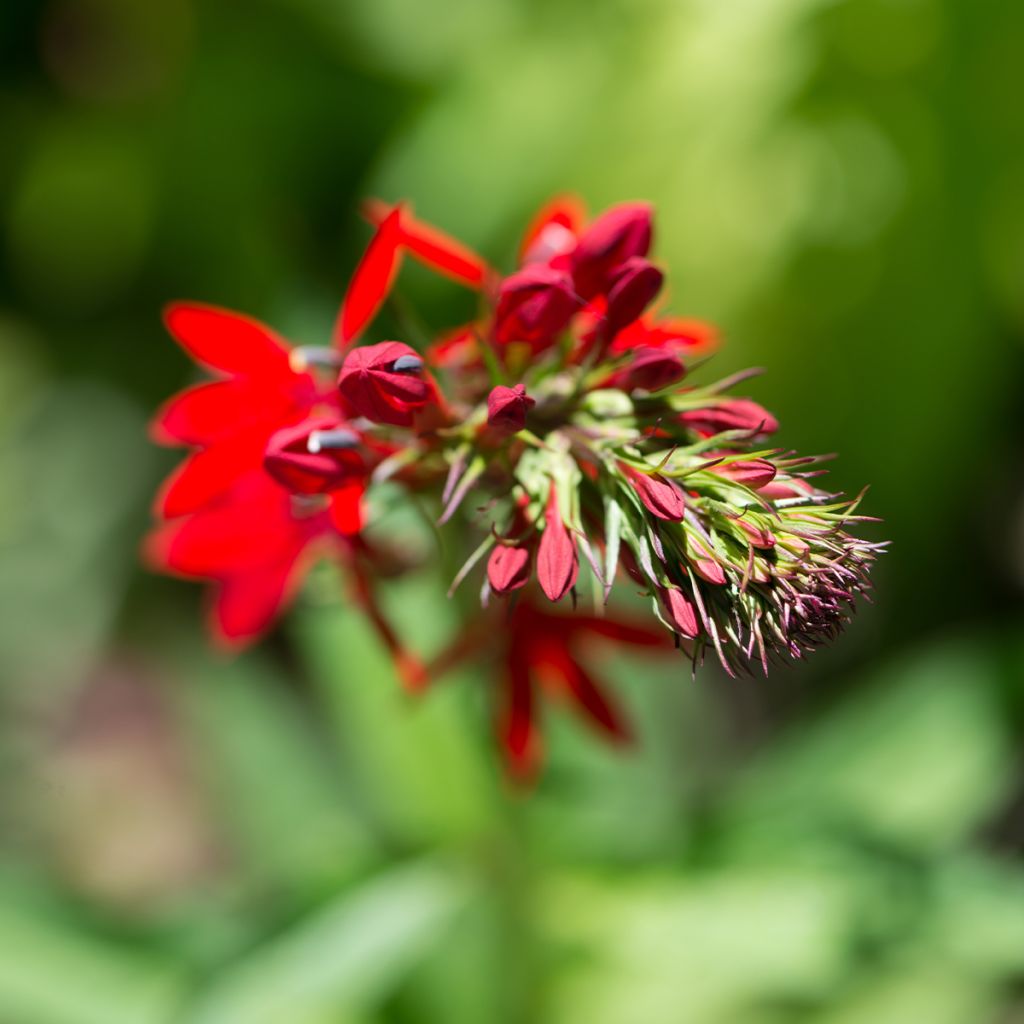

Lobelia cardinalis
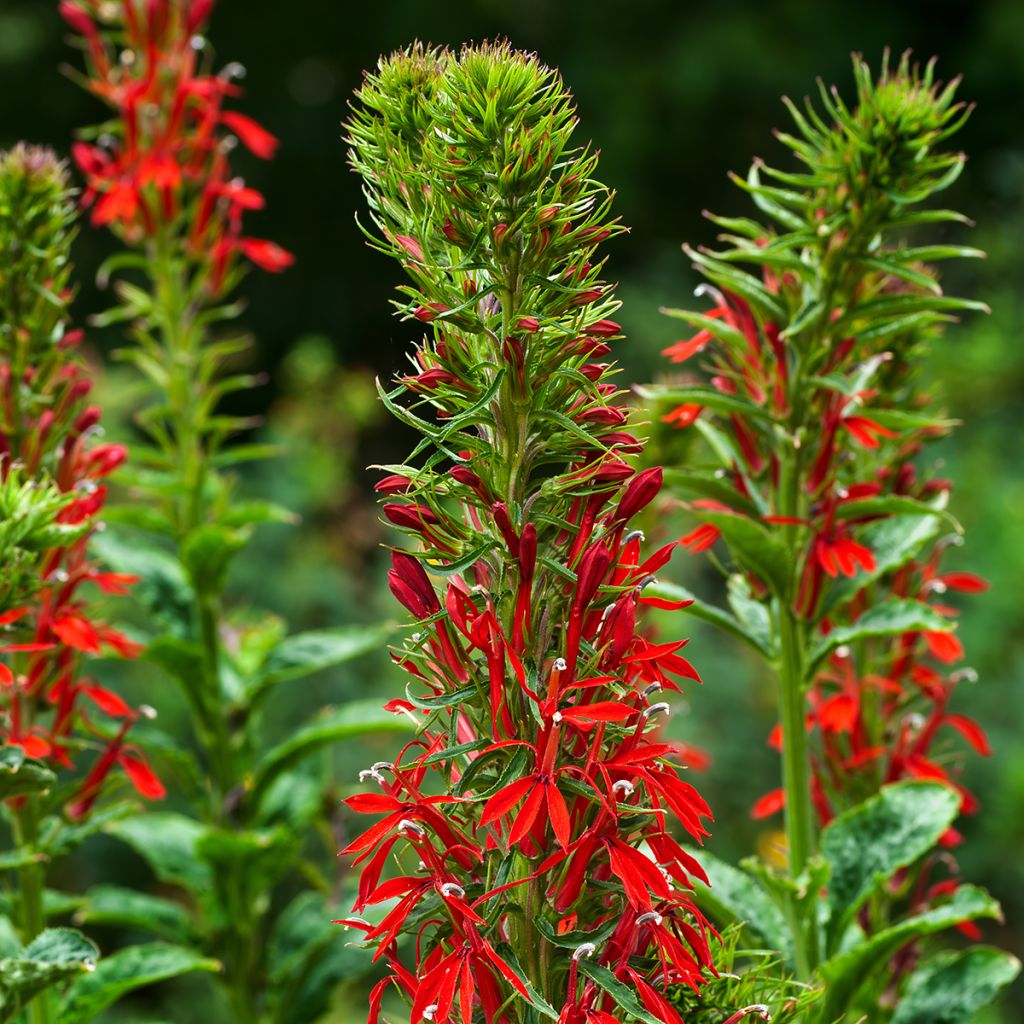

Lobelia cardinalis
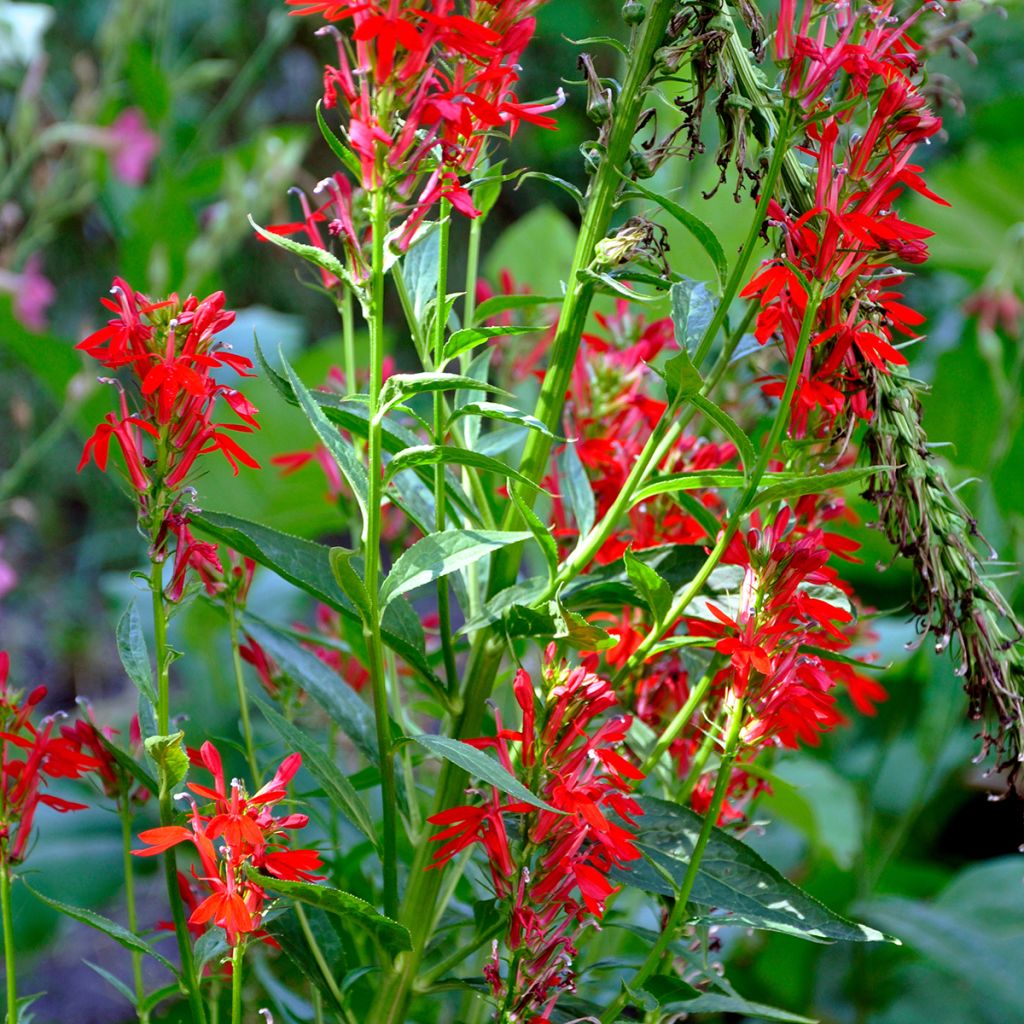

Lobelia cardinalis
Lobelia cardinalis
Lobelia cardinalis
Cardinal Flower
This item cannot be shipped to the selected country
Delivery charge from €5.90
More information
Delivery charge from €5.90
More information
Schedule delivery date,
and select date in basket
This plant carries a 12 months recovery warranty
More information
We guarantee the quality of our plants for a full growing cycle, and will replace at our expense any plant that fails to recover under normal climatic and planting conditions.
From €5.90 for pickup delivery and €6.90 for home delivery
Express home delivery from €8.90.
Does this plant fit my garden?
Set up your Plantfit profile →
Description
The Lobelia cardinalis, also known as Cardinal Flower, is a tall North American perennial that thrives in moist to wet soil and has a striking effect on the banks of water bodies, in wetlands, and even in aquariums. It forms a beautiful bushy clump and is adorned with large scarlet flower spikes, from summer to early autumn. It should be planted in a sunny position, sheltered from the wind, in rich and moist soil where it will readily self-seed. A perfect plant for aquatic environments!
The Cardinal Flower belongs to the family of campanulas. This botanical species is native to North America (southeast Canada, east and southwest United States, Mexico) and Central America up to the north of Colombia. In the wild, it is found exclusively in moist environments, on banks and in marshes. It is a tall upright perennial that reaches an average height of 80 cm (32in) with a width of 45 cm (18in). It takes some time to establish itself in the garden, then its growth accelerates somewhat. Vegetation emerges from the ground in spring. Robust leafy stems, often purple at the base, emerge from the stump. The leaves are light green and vibrant, sometimes tinged with bronze to purple underneath, lanceolate in shape, with toothed edges, and arranged alternately along the stem. They are large at the base of the stem, measuring up to 20 cm (8in) long and 5 cm (2in) wide, and become smaller as they approach the flower spike, similar to the leaves of foxgloves. From August to October, floral spikes measuring 30-40 cm (12-16in) in height emerge at the top of the stems. The flowers progressively bloom along the spike. They are bright red and measure up to 4 cm (2in) in diameter. Each flower is composed of a tube that widens into 5 narrow lobes. This perennial tends to be short-lived, but self-seeds in favorable conditions without becoming invasive. Its above-ground, deciduous vegetation dries up in autumn and re-emerges in spring.
The Lobelia cardinalis has fairly good hardiness (-12/-15° C). Allow for a relatively large space so that the plant can develop and charm you with its vigor. It thrives in sunny positions with moist soil, but also in slightly shaded positions, in soil that remains slightly moist in summer. It is ideal in water gardens and in border plantings around ponds. Its striking habit is enhanced when planted with Phlox, Grasses, Goat's Beards, and Astilbes. It also pairs beautifully with its white-flowered cousin Lobelia siphilitica Alba. It is also used in so-called "Dutch" aquariums, which are decorated with dense groves, relying on different colors, shapes, and textures.
Flowering
Foliage
Plant habit
Botanical data
Lobelia
cardinalis
Campanulaceae
Cardinal Flower
North America
Other Lobelia
Planting and care
Beautiful robust plant that grows in moist or even marshy, rich, clayey soil, preferably non-limestone, neutral to acidic, preferably in the sun, sheltered from the wind to protect its flowering. This plant tolerates having its roots in a waterlogged soil in summer very well. However, its hardiness may be lacking in marshy soils in cold climates. While its lifespan is quite short, it readily self-seeds if the conditions suit it.
Planting period
Intended location
Care
This item has not been reviewed yet - be the first to leave a review about it.
Summer flowering perennials
Haven't found what you were looking for?
Hardiness is the lowest winter temperature a plant can endure without suffering serious damage or even dying. However, hardiness is affected by location (a sheltered area, such as a patio), protection (winter cover) and soil type (hardiness is improved by well-drained soil).

Photo Sharing Terms & Conditions
In order to encourage gardeners to interact and share their experiences, Promesse de fleurs offers various media enabling content to be uploaded onto its Site - in particular via the ‘Photo sharing’ module.
The User agrees to refrain from:
- Posting any content that is illegal, prejudicial, insulting, racist, inciteful to hatred, revisionist, contrary to public decency, that infringes on privacy or on the privacy rights of third parties, in particular the publicity rights of persons and goods, intellectual property rights, or the right to privacy.
- Submitting content on behalf of a third party;
- Impersonate the identity of a third party and/or publish any personal information about a third party;
In general, the User undertakes to refrain from any unethical behaviour.
All Content (in particular text, comments, files, images, photos, videos, creative works, etc.), which may be subject to property or intellectual property rights, image or other private rights, shall remain the property of the User, subject to the limited rights granted by the terms of the licence granted by Promesse de fleurs as stated below. Users are at liberty to publish or not to publish such Content on the Site, notably via the ‘Photo Sharing’ facility, and accept that this Content shall be made public and freely accessible, notably on the Internet.
Users further acknowledge, undertake to have ,and guarantee that they hold all necessary rights and permissions to publish such material on the Site, in particular with regard to the legislation in force pertaining to any privacy, property, intellectual property, image, or contractual rights, or rights of any other nature. By publishing such Content on the Site, Users acknowledge accepting full liability as publishers of the Content within the meaning of the law, and grant Promesse de fleurs, free of charge, an inclusive, worldwide licence for the said Content for the entire duration of its publication, including all reproduction, representation, up/downloading, displaying, performing, transmission, and storage rights.
Users also grant permission for their name to be linked to the Content and accept that this link may not always be made available.
By engaging in posting material, Users consent to their Content becoming automatically accessible on the Internet, in particular on other sites and/or blogs and/or web pages of the Promesse de fleurs site, including in particular social pages and the Promesse de fleurs catalogue.
Users may secure the removal of entrusted content free of charge by issuing a simple request via our contact form.


































